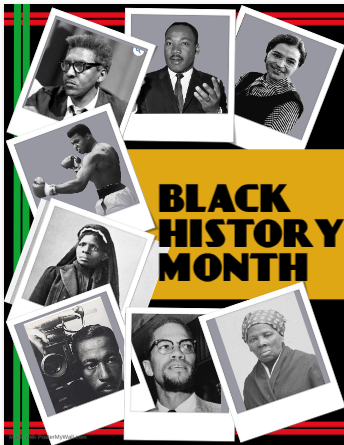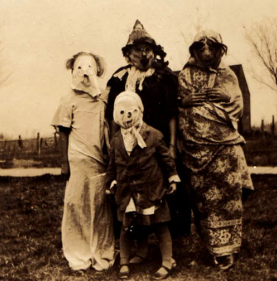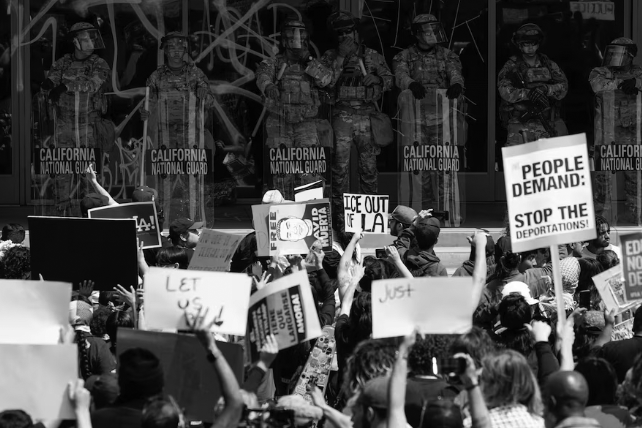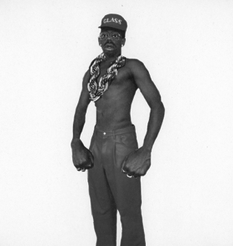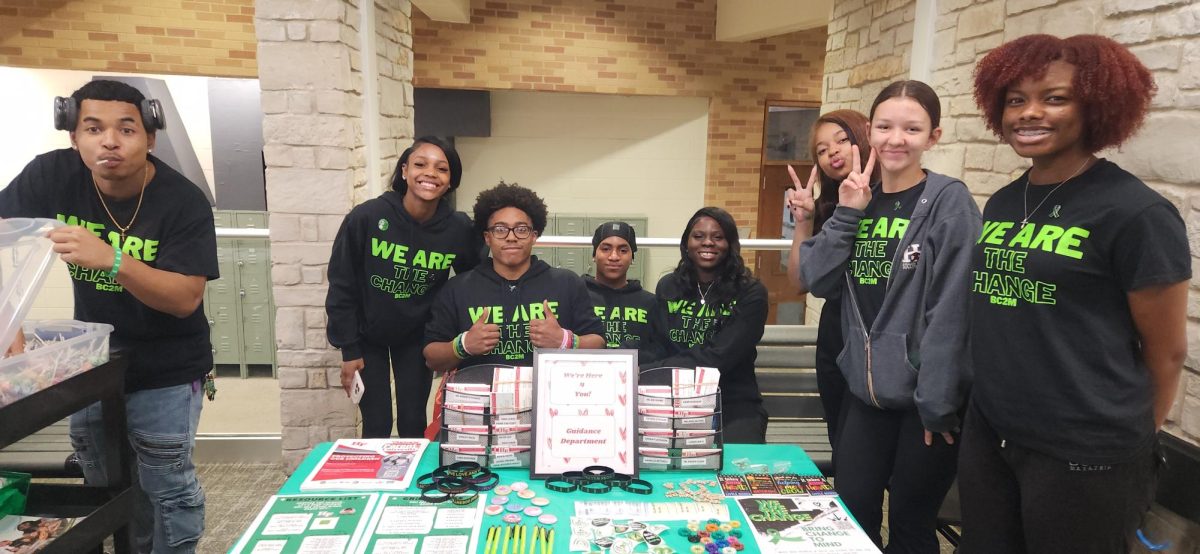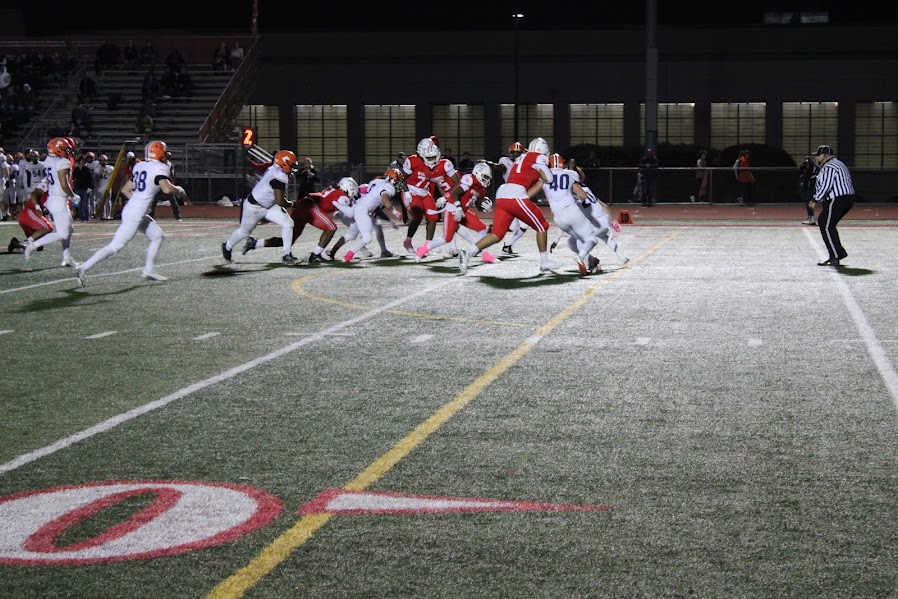Every February, we honor Black history’s most iconic figures such as Martin Luther King Jr., Rosa Parks and Harriet Tubman. But what happens to the stories that go uncovered? The activists who never made it into our textbooks or the trailblazers whose contributions to our history were overshadowed.
There is power in knowledge and knowing our history might be the most powerful tool we have, not just for understanding the past but for empowering the future. That is why giving a voice to these voiceless stories helps celebrate the full depth of our rich history.
One such story is that of Bayard Rustin. A name that escapes the spotlight despite his role as the architect behind some of the most defining moments in Black history. He is described as an “American leader in social movements for civil rights, socialism, pacifism nonviolence and gay rights” by blackhistorymonth
Rustin was the key organizer of the 1963 March on Washington, and served as a mentor to MLK Jr. While Dr. King stood on the podium that day, it was Rustin’s strategic vision and tireless efforts that made the event such a success.
Yet his contributions were often overshadowed, and that wasn’t by chance. As an openly gay man at a time when homosexuality was illegal, Rustin faced prejudice within the very movement he helped to build.
Despite this, he expanded his fight for justice to include international human rights and LGBTQ+ causes as blackhistorymonth notes, “Rustin’s unwavering resolve set a powerful precedent for future civil rights campaigns.”
Rustin is just one of many contributors who were overshadowed. While figures like Harriet Tubman laid the groundwork, Susie King Taylor continued that legacy.
Born into slavery in 1848 Taylor became a prominent figure during the civil war. She achieved many firsts paving the way for many after her. She broke barriers as the first Black woman to serve openly as a nurse for Union soldiers.
Her service extended beyond nursing, as she also became a teacher, defying the risks of the time to educate freed slaves. Taylor was dedicated to teaching at a young age as American Battlefield Trust reports, “At only 14 years old, Susie became the first Black teacher to openly educate African Americans in Georgia.”
Years later, Taylor opened up her public school for African-American students but was forced to close after repeatedly losing students to newly opened public schools.
Still, she persevered through adversity and turned to a different method of teaching: writing. Taylor published a memoir called Reminiscences of My Life in Camp with the 33rd United States Colored Troops, and as American Battlefield Trust adds, these memoirs made her “the first and only African American woman to publish an account of her experiences in the Civil War.”
Similar to Taylor, Gordon Parks was a first in his field not by leading marches or standing on podiums but by capturing history through the lens of his camera.
Parks was born into poverty and was self-educated on the uses of his camera. His works focus on the topics that surrounded him at that time which were poverty, civil rights and urban life.
Parks spent his life as a freelance photographer capturing some of the most inspirational figures such as Muhammad Ali and Malcolm X.
His work led him to become the first African American staff photographer for the magazine Life. Parks’ creative expression didn’t stop there; he produced many novels and poetry. He became the first African American to write and direct a major Hollywood studio film.
Parks left his legacy in pictures that will continue to live on. The Gordon Parks Foundation describes his work as “a personal style that would make him among the most celebrated photographers of his era.”
The stories of these three individuals remind us history is not just a collection of famous names but a constant contribution. Our history is like a ladder built rung by rung with the hands of those who came before us, their achievements lift us higher. But many of these hands remain unseen when we finally discover them, we don’t just fill in the blank but we illuminate our heritage.


